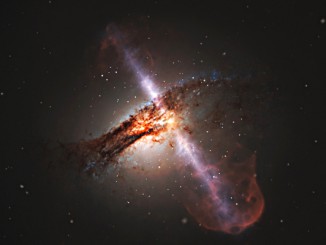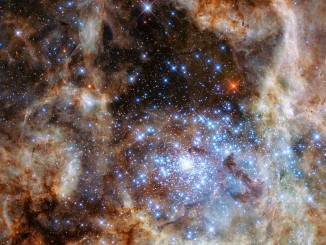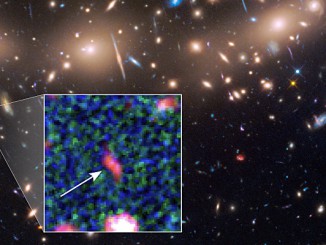Peering into the densely packed core of Omega Centauri, the Hubble Space Telescope provides a spell-binding look at one of the galaxy’s largest globular clusters, a swarm of more than two million suns some 17,000 light years from Earth. Easily visible to the unaided eye in the southern constellation Centaurus, Omega Centauri may harbour a black hole with about 40,000 times the mass of the Sun based on the higher-then-expected velocities of stars near its core. Astronomers have long theorised such intermediate-mass black holes may be a common feature of globular clusters, providing the gravitational glue holding the huge assemblies together.
Zooming into Omega Centauri, Hubble’s razor-sharp view provides a stunning plunge into a densely packed sea of stars. Images: NASA, ESA, and the Hubble Heritage Team (STScI/AURA); acknowledgment: A. Cool (San Francisco State University) and J. Anderson (STScI)






